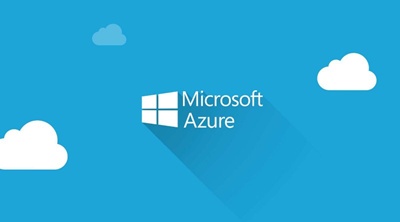
Introduction

This lab demonstrates the process of containerizing a simple HTML web page and deploying it to Azure App Service.
The goal is to create a basic HTML page, package it within a Docker container that can run locally on a laptop, push the container image to Azure Container Registry (ACR), and finally, deploy the application to Azure App Service using the container image.
This exercise showcases a common workflow for modern web application development and deployment, emphasizing the benefits of containerization for portability and consistency across different environments.
Here’s a breakdown of the key elements included:
Purpose: Clearly states the objective of the lab.
Steps: Outlines the main stages of the lab:
- Creating the HTML page.
- Containerizing it with Docker.
- Pushing the image to ACR.
- Deploying to Azure App Service (using Container Feature).
Benefits: Highlights the advantages of containerization (portability, consistency).
Target Audience: Implies a target audience of developers interested in learning containerization and cloud deployment.
Prerequisites
- Docker Desktop
- VSCode
- Create a Resource Group for your resources.
Lab Steps
First of all, clone this repo locally html-container-lab.
This is a basically a simple HTML page that will be used for our Lab.
Next step is contanarizing it using Docker and Nginx and have it running in our local system.
For this lab, there is already a Dockerfile prepared so you don’t have to create one.
Docker Commands
Build the Image
-
Open a Terminal (VS Code one for example).
-
Go to the directory you have cloned and where your Dockerfile resides.

docker build -t docker-lab-html-container .
- Run the Container
docker run -d -p 8080:80 --name docker-lab-container-html docker-lab-html-container
if you run docker ps in your terminal, you should find your container (id) up and running with the correct port mapping.

Now you can open a browser and if you run http://localhost:8080 you can see your webpage!

Create an Azure Container Registry
- Go to Azure.
- Search for Container Registries.
- Click Create.

In the window that appear, select the Resource Group you have created and give a name of your registry.
Select Location and for this lab keeps as a Pricing Plan - Standard.
Then click Review + create.
Docker Image built in ACR
- Run az acr login command.
az acr login --name xxxxxx
In the folder you have cloned, inside it run the below command to build the image but this time directly in ACR.
az acr build --registry <name> --image xxxxxxxx.azurecr.io/docker-lab-container-html:latest --platform linux/amd64 .
When the process is completed in Services-Repositories in ACR you should see your image.

Deploy the Container in Container Apps
Now it’s the time to deploy our Container using the feature in place in App Service.
- Step 1: Create a Linux plan (if it doesn’t already exist)
az appservice plan create --name myLinuxPlan --resource-group <name_RG> --sku B1 --is-linux
You should see it inside your Resource Group.

- Step 2: Create the Web App
az webapp create --resource-group <name_RG> --plan <plan_name> --name <name_WebApp> --deployment-container-image-name xxxxxxxxxx.azurecr.io/docker-lab-container-html:latest
After a couple of minutes, you will have your WebApp deployed in App Service.

-
Click the name of the WebApp that you have deployed.
-
Click on Deployment –> Deployment Center.
Now you’ll have some Warnings that are displayed.

-
Source - keep Container Registry flagged.
-
Leave Container type as Single Container and keep as a Registry source ACR.
-
In the Registry Settings, select Managed Identity.
-
Identity must be System assigned.
You should see the fields populated with your Registry name,Image and tag automatically.
Using these settings, we configure our container app deployment model and registry.
-
Click Save.
-
Now click on Start Update to update our container to the new sidecar pattern for extended site functionality.
-
In the window that will appear, input 80 in the port field and click Update. Leave the default settings.
-
Click Restart to update your app.
Now you will have your container in the list, but it appears with a Status Not available.
Wait a couple of minutes then refresh the page and you’ll see it up and running.

Now if you open a browser and run the Default Domain (https://xxxxxxxxxxxxxx.azurewebsites.net) you will have your HTML Page up and running!

Well Done! You have now completed this simple lab and yout obtained the basic knowledge to migrate a simple HTML Page in App Service using the Container feature!

developed by Stefano Sguotti - App Innovation Specialist WE